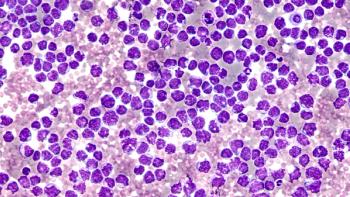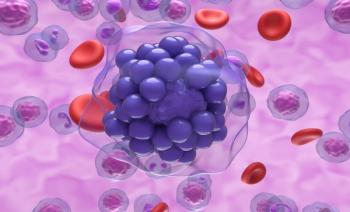
Empagliflozin Reduces HF Risk After AMI in Patients With or Without Diabetes, CKD
Key Takeaways
- Empagliflozin reduces heart failure hospitalization risk in patients with acute myocardial infarction, irrespective of type 2 diabetes or chronic kidney disease status.
- The EMPACT-MI trial showed a 23% reduction in first heart failure hospitalization and a 33% reduction in total hospitalizations for heart failure.
Though patients with type 2 diabetes or chronic kidney disease (CKD) face a greater risk of heart failure (HF) following acute myocardial infarction (AMI), patients without those comorbidities also benefit from empagliflozin.
Empagliflozin (Jardiance; Boehringer Ingelheim) reduces the risk of hospitalizations for heart failure (HF) regardless of whether a patient has type 2 diabetes (T2D),
The findings are the result of a post hoc analysis of data from the Effect of Empagliflozin on Hospitalization for Heart Failure and Mortality in Patients With Acute Myocardial Infarction
An analysis of the
Sodium–glucose cotransporter-2 inhibitors (SGLT2is) like empagliflozin have long been recommended for patients at a high risk of HF, including those with T2D and CKD. Stefan D. Anker, MD, PhD, of the Charité University Hospital, in Berlin, and colleagues, explained that while certain high-risk patients with T2D or CKD were included in the EMPACT-MI trial, it is not yet known whether the benefits of empagliflozin on HF outcomes were similar in patients without T2D or CKD.1
Anker and colleagues conducted a post-hoc analysis to identify outcomes in patients both with and without an established recommendation for an SGLT2i. They found that 53% of the 6,522 participants in the trial did not have T2D or CKD. Those patients tended to be younger and have fewer comorbidities, they noted.
The analysis showed that the benefits of empagliflozin were not limited to patients with T2D or CKD. There were 50 hospitalization events for HF among people without T2D or CKD who received empagliflozin (adjusted event rate, 1.74 per 100 patient-years), compared to 63 hospitalization events among people without T2D or CKD who were given placebo (adjusted event rate, 2.31 per 100 patient-years). Among patients with T2D or CKD, there were 98 heart failure hospitalization events (adjusted event rate, 3.91 per 100 patient-years), compared to 144 in patients with T2D or CKD who received placebo (adjusted event rate, 6.04 events per 100 patient-years). Rates of adverse events, serious adverse events, and adverse events leading to discontinuation were similar among the subgroups, the authors said.
Anker and colleagues said their findings are important because they confirm the consistency of the efficacy and safety of empagliflozin after an AMI in patients both with and without an established SGLT2i recommendation.
“These results highlight the potential role of empagliflozin in reducing HF after MI regardless of having an established recommendation for an SGLT2i, reassuring early safe post-MI initiation of empagliflozin in those with T2D or CKD and highlighting HF-related benefit in those without these conditions as well,” the authors said.
The investigators noted that clinical practice guidelines call for early detection of patients at risk of HF after AMI. Yet, while clinicians have been vigilant, the authors said there has been little in the way of therapeutic advances targeting the risk of new-onset HF following AMI. EMPACT-MI—combined with this new analysis—suggests that empagliflozin could help fill the gap, they said.
References
1. Fioretti F, Butler J, Udell JA, et al. Empagliflozin after myocardial infarction with or without diabetes and chronic kidney disease: Insights from EMPACT-MI. ESC Heart Fail. Published online September 14, 2025. doi:10.1002/ehf2.15393
2. Butler J, Jones WS, Udell JA, et al. Empagliflozin after acute myocardial infarction. N Engl J Med. 2024;390(16):1455-1466. doi:10.1056/NEJMoa2314051
3. Hernandez AF, Udell JA, Jones WS, et al. Effect of empagliflozin on heart failure outcomes after acute myocardial infarction: insights from the EMPACT-MI trial. Circulation. 2024;149(21):1627-1638. doi:10.1161/CIRCULATIONAHA.124.069217
Newsletter
Stay ahead of policy, cost, and value—subscribe to AJMC for expert insights at the intersection of clinical care and health economics.













































